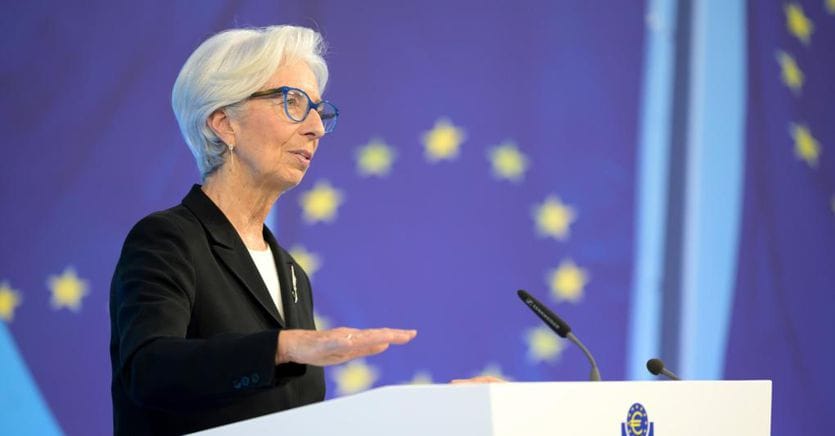Since March, however, yields have risen further, albeit slightly. The yield curve of bonds, weighted by the issuing country’s GDP, shows a further rapprochement with the levels of the early stages of the crisis, with the exception of shorter-term rates, which the ECB keeps under closer control (because they are more important for the transmission of monetary policy).
Rising inflation expectations
Inflation expectations, as measured by the 5y5y inflation rate swaps, have also returned above the 1.5% threshold, which they had been missing for some time. It is clear that the two phenomena – rise in yields and rise in expectations – can feed each other, in the short term, on the markets; but for this very reason clear indications from the central bank are needed.
Decades “under control”
By zooming in on just one aspect of the yield curve, it becomes quite clear that the rise in 10-year yields has actually been halted. However, there has been no turning back: in the last few sessions they have fluctuated in a relatively narrow corridor, arousing once again – among analysts – the hypothesis of a control of yields by the ECB (which however appears annoyed by these reconstructions). It is not clear to what extent this new level is compatible with the situation in the Eurozone: the ECB continues to say that the current (and future) rise in inflation will be temporary, even if evidently the prospects for a recovery cannot fail also transfer to bonds.
Euro down
It is the actual exchange rate that has instead reversed: the euro has approached and in recent days has also touched the long-term average, which is a “naive”, simplistic measure of the equilibrium value, and then rose slightly. The exchange rate affects financial conditions only marginally – and even less on the “holistic” financing conditions taken into consideration by the ECB – but it is a relief for imports and for many industrial companies, which in this phase are driving the economy.
Cost of credit at the lowest in Italy
The cost of credit – one of the final links, from a strictly monetary point of view, of the transmission chain of central bank policy – actually shows a very calm situation, compatible with the support for the recovery that the ECB wants to give. In Italy it has reached new lows, in France it remains at very low levels, the lowest among the large Euroland countries, wherever they appear under control. Similarly, after the acceleration of the first phase of the pandemic – when they were needed to “survive” – business loans continue to grow at a more moderate pace. The data is at a standstill in February, but the high debt that has been contracted does not seem to have limited, in aggregate, the use of credit.
